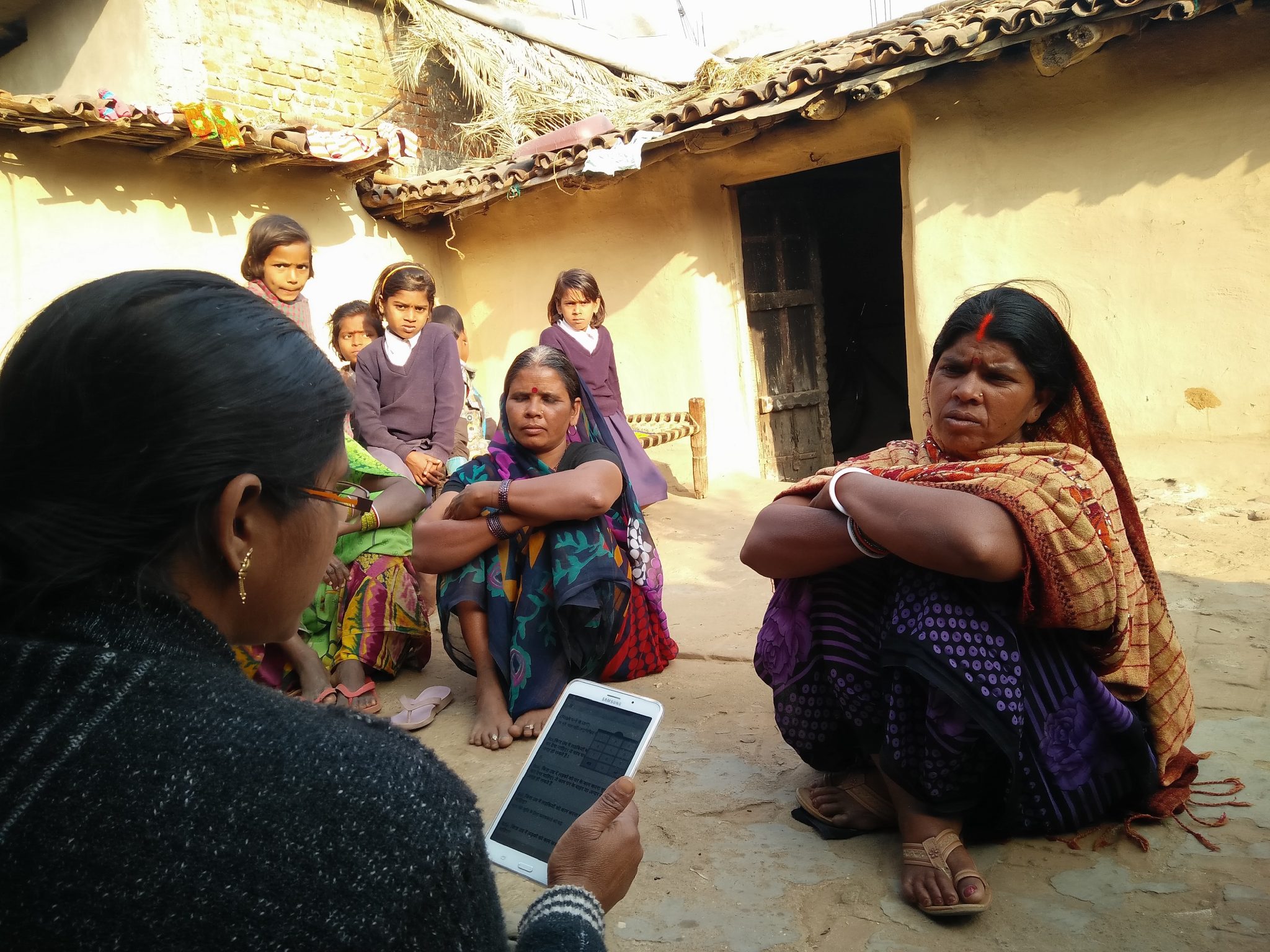Blog Details
"In India, there’s a lack of appreciation of the need to cross-examine data, the responsibility of a statistician."
— Prasanta Mahalanobis, India Today (2008)
I. Introduction
The statistical tools of any country dictate the direction of development and growth. These tools provide vital information, data, and insights into the on-ground reality of a nation, revealing how well a country is progressing in areas such as health, education, welfare, and poverty. By analyzing socioeconomic parameters, statistics become the foundation upon which policies are built and governance is guided.
In most countries, a single agency or a small group of agencies produce the bulk of official statistics. However, India lacked such an agency until the British colonial period, and even then, it wasn't fully realized. Indian scholars recognized this gap early on, leading to the establishment of the Indian Statistical Institute (ISI) in 1931 by Prasanta Chandra Mahalanobis—remarkably, even before India gained independence. Yet, it was only after independence that serious efforts were made to create an efficient and informative data system.
Understanding the importance of statistics in a newly independent India was crucial to bridging the gap between what people needed and what was being provided. Mahalanobis, a pioneering statistician, emphasized the vital role data plays in shaping policies and governing a nation. His return to India after studying abroad marked the beginning of a new era in statistical methodology and its application. Under Mahalanobis' leadership, the ISI conducted groundbreaking large-scale sample surveys, which became the cornerstone for policy formulation and economic planning.
India's focus on data-driven decision-making has been a key factor in its development as a nation.
II. The Role of Independence in Shaping India's Statistical Legacy
The establishment of the National Sample Survey Organisation (NSSO) marked a significant milestone in India's journey toward becoming a data-driven nation. The NSS, initiated in 1950 by the Indian Statistical Institute on behalf of the Government of India, in collaboration with the Gokhale Institute of Politics and Economics, Poona, offered insights into various aspects of the national rural economy across the entire country. The first NSS round, conducted between October 1950 and March 1951, encompassed a total area of 790 million acres, gathering comprehensive data on social, economic, and demographic conditions nationwide.
The first Five-Year Plan, heavily reliant on data and statistics, focused particularly on agriculture—a sector deemed crucial for India's development. Data from the NSS provided the evidence needed for effective planning and evaluation, laying the groundwork for subsequent plans.
III. Impact on Policy-Making and Development
Over the years, data has proven invaluable in identifying and addressing socio-economic challenges such as poverty, inequality, and health disparities. Analysing data from the NSS enabled policymakers to make informed decisions on resource allocation and development strategies. For instance, the National Health Mission, aimed at enhancing the health of women and children, particularly in rural areas, was driven by data revealing critical health gaps.
This data-driven approach allowed for targeted interventions in regions with the highest levels of poverty and inequality, ultimately leading to improved living standards and overall economic growth. The focus on agriculture in the first Five-Year Plan was reinforced by data, highlighting the sector's significance in driving economic development in rural India. Subsequently, data-driven decision-making extended to infrastructure development, urban planning, and resource allocation, beginning with the second Five-Year Plan.
IV. Challenges and Future Opportunities
While India has made significant strides in overcoming the data gap, challenges remain. Limited resources and capacity training for data collection and analysis in certain regions leave some areas inaccessible and unheard. The revolution in technology underscores the urgent need for continued investment in data infrastructure and technology to keep pace with rapid societal changes.
The use of data must extend beyond policymaking and academic studies. There is immense potential for leveraging data to address emerging challenges such as climate change, digital transformation, and demographic shifts. Data allows us to identify trends and patterns that can inform proactive strategies for the future.
V. Conclusion
As India continues to evolve, the role of data in driving sustainable development and inclusive growth becomes increasingly crucial. The legacy of statistical excellence, championed by visionaries like Mahalanobis, has laid a strong foundation. However, the journey is far from over. The future of this country depends on how well we invest in our data systems today. By embracing a culture of data-driven decision-making, India can ensure that its growth is both equitable and sustainable, truly reflecting the needs and aspirations of its people.







David Angel Makel
IT ConsultantIt is a long established fact that a reader will be distracted by the readable content page looking at its layout point of using normal